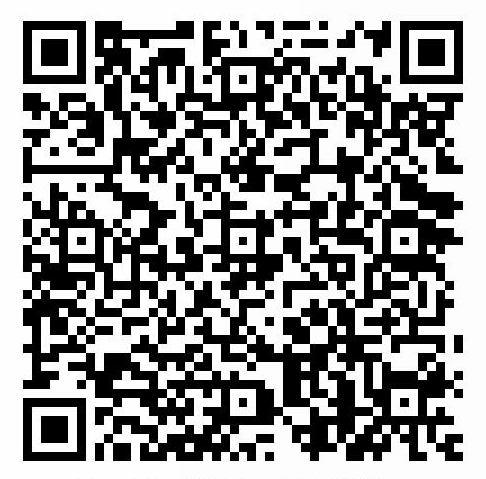 分类:
.net后台框架
分类:
.net后台框架
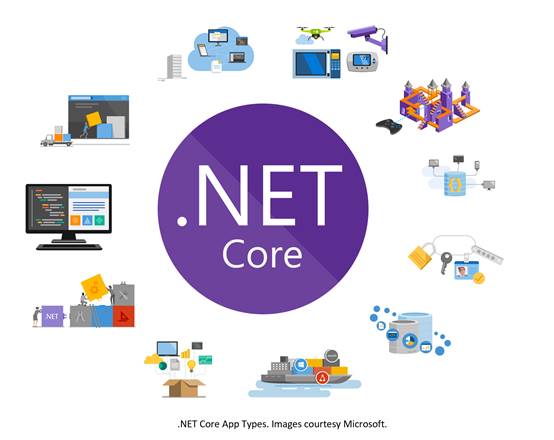
WPF MvvmLight Messager学习
NotificationMessage
在 MVVM Light 中,NotificationMessage 是一种消息类型,用于在 ViewModel 和 View 之间传递简单的通知消息。
以下是一个使用 NotificationMessage 的示例,展示如何在 ViewModel 中发送消息并在 View 中接收和处理这些消息
示例:使用 NotificationMessage 传递通知消息
1.在 MainViewModel 中,我们发送一个 NotificationMessage 消息。
public class MainViewModel : ViewModelBase{public MainViewModel(){UpdateNameCommand = new RelayCommand(UpdateName);}private string _name;public string Name{get => _name;set => Set(ref _name, value);}public RelayCommand UpdateNameCommand { get; }private void UpdateName(){//发送消息给View端Messenger.Default.Send(new NotificationMessage("Hello NotificationMessage, MVVM Light!"));}}
注意这里有在ViewModelLocator中注册。
在 MainWindow.xaml中修改以下代码,创建一个按钮Update Name以及一个CC的文本框。
<Window x:Class="WpfLearningMvvmlightApp.MainWindow"xmlns="http://schemas.microsoft.com/winfx/2006/xaml/presentation"xmlns:x="http://schemas.microsoft.com/winfx/2006/xaml"xmlns:d="http://schemas.microsoft.com/expression/blend/2008"xmlns:mc="http://schemas.openxmlformats.org/markup-compatibility/2006"xmlns:local="clr-namespace:WpfLearningMvvmlightApp"mc:Ignorable="d"DataContext="{Binding Source={StaticResource Locator},Path=Main}"Title="MainWindow" Height="450" Width="800"><Grid Loaded="Grid_Loaded"><TextBlock Name="CC" Text="{Binding Name}" Margin="94,46,366,311" /><Button Content="Update Name" Command="{Binding UpdateNameCommand}" Margin="122,158,474,217" /><Button Content="测试" HorizontalAlignment="Left" Margin="453,185,0,0" VerticalAlignment="Top" Height="55" Width="160" Click="Button_Click_1"/></Grid></Window>
我们将注册通知消息,当我们收到通知时改变一下CC文本框的值
public partial class MainWindow : Window{public MainWindow(){InitializeComponent();Messenger.Default.Register<NotificationMessage>(this, (message) =>{this.CC.Text = message.Notification;});}private void Grid_Loaded(object sender, RoutedEventArgs e){}private void Button_Click_1(object sender, RoutedEventArgs e){new SubWindow().Show();}}
当点击Update Name按钮的时候我们发现值被改变了。
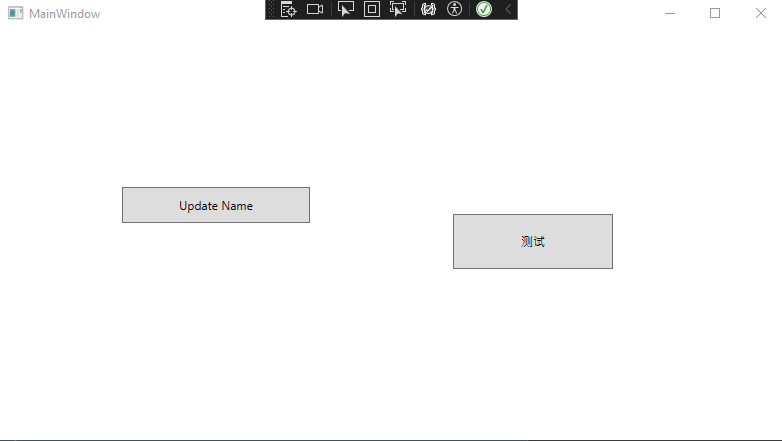

NotificationMessageAction
在 MVVM Light 中,NotificationMessageAction 是一种消息类型,用于在 ViewModel 和 View 之间传递通知消息,并可以接收一个回调结果。
以下是一个使用 NotificationMessageAction 的示例,展示如何在 ViewModel 中发送消息并在 View 中接收和处理这些消息。
使用 NotificationMessageAction 传递通知消息
在 MainViewModel 中,我们发送一个 NotificationMessageAction 消息,并定义一个回调方法来处理消息的响应。
private void UpdateName(){//Name = "Hello, MVVM Light!";//发送消息给View端//Messenger.Default.Send(new NotificationMessage("Hello NotificationMessage, MVVM Light!"));// 创建一个 NotificationMessageAction 并发送NotificationMessageAction<MessageBoxResult> message =new NotificationMessageAction<MessageBoxResult>("这是一个通知消息", // 消息内容(result) => HandleNotificationResult(result) // 回调方法);Messenger.Default.Send(message);}private void HandleNotificationResult(MessageBoxResult result){// 处理回调结果if (result == MessageBoxResult.OK){Debug.WriteLine("Click OK!");}else if (result == MessageBoxResult.Cancel){Debug.WriteLine("Click Cancel!");}}
在 MainWindow 中,我们注册 NotificationMessageAction 消息,并定义一个方法来处理消息。
public MainWindow(){InitializeComponent();//Messenger.Default.Register<NotificationMessage>(this, (message) =>//{// this.CC.Text = message.Notification;//});// 注册 NotificationMessageAction 消息Messenger.Default.Register<NotificationMessageAction<MessageBoxResult>>(this, HandleNotificationMessage);}private void HandleNotificationMessage(NotificationMessageAction<MessageBoxResult> message){// 显示消息框并获取用户响应MessageBoxResult result = MessageBox.Show(message.Notification, // 消息内容"通知", // 标题MessageBoxButton.OKCancel // 按钮);// 执行回调方法message.Execute(result);}
然后我们尝试一下,首先我们点击Update Name按钮,然后我们点OK,发现它有输出Click OK!。
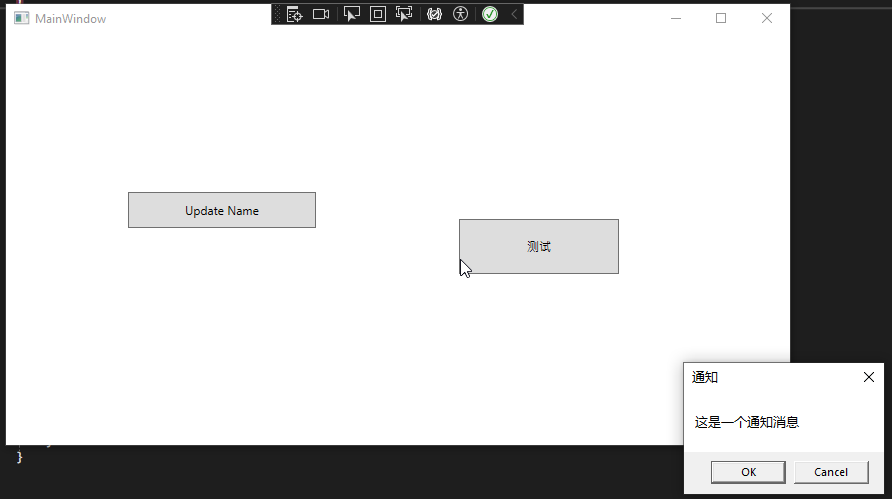

PropertyChangedMessage
PropertyChangedMessage<T> 是一种消息类型,用于在 ViewModel 和 View 之间传递属性值的变化。
以下是一个使用 PropertyChangedMessage<string> 的示例,展示如何在 ViewModel 中发送消息并在 View 中接收和处理这些消息。
示例:使用 PropertyChangedMessage 传递属性变化
在 MainViewModel 中,我们定义一个属性,并在属性值发生变化时发送 PropertyChangedMessage<string> 消息。
public class MainViewModel : ViewModelBase{public MainViewModel(){UpdateNameCommand = new RelayCommand(UpdateName);_name = "BLBL";}private string _name;public string Name{get => _name;set{string oldvalue = _name;if (Set(ref _name, value)){// 发送属性变化消息Messenger.Default.Send(new PropertyChangedMessage<string>(oldvalue, _name, "Name"));}}}public RelayCommand UpdateNameCommand { get; }private void UpdateName(){// 初始化属性Name = "Initial Value";}private void HandleNotificationResult(MessageBoxResult result){// 处理回调结果if (result == MessageBoxResult.OK){Debug.WriteLine("Click OK!");}else if (result == MessageBoxResult.Cancel){Debug.WriteLine("Click Cancel!");}}}
在 View 中,我们注册 PropertyChangedMessage<string> 消息,并处理属性变化。
public MainWindow(){InitializeComponent();// 注册 NotificationMessageAction 消息Messenger.Default.Register<NotificationMessageAction<MessageBoxResult>>(this, HandleNotificationMessage);Messenger.Default.Register<PropertyChangedMessage<string>>(this, HandlePropertyChangedMessage);}private void HandlePropertyChangedMessage(PropertyChangedMessage<string> message){if (message.PropertyName == "Name"){// 处理属性变化MessageBox.Show($"Property '{message.PropertyName}' changed from '{message.OldValue}' to '{message.NewValue}'");}}
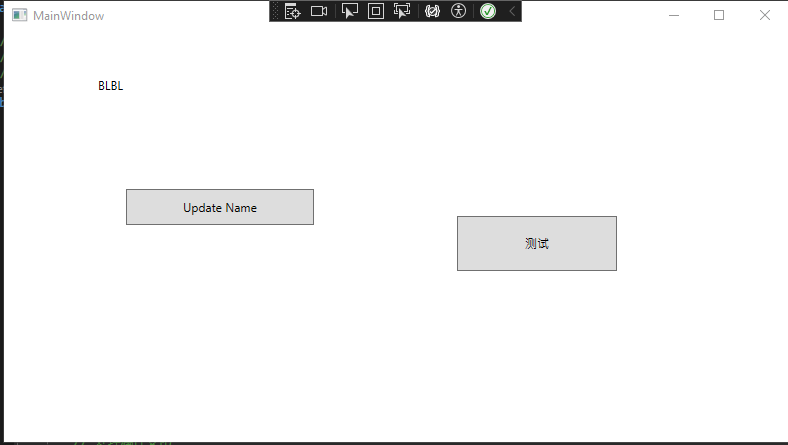
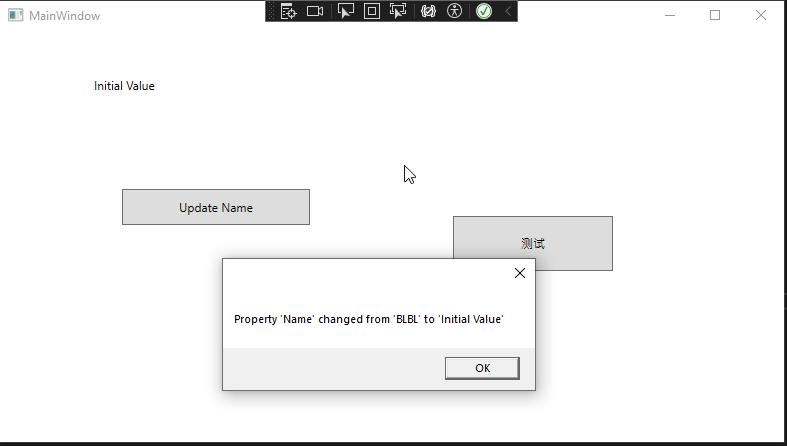
DispatcherHelper帮助类
当我们需要做一些UI线程进行处理的时候,MVVMLight为我们提供了DispatcherHelper类进行支持,下面将会用一个简单的例子进行说明:
当有一个集合对象需要在前端进行显示的时候我们如果异步加载数据会报错,但是加上DispatcherHelper的CheckBeginInvokeOnUI方法进行前端调用将没问题。
首先我们需要在MainViewModel类中添加集合对象。
public MainViewModel(){UpdateNameCommand = new RelayCommand(UpdateName);_name = "BLBL";Task.Run(() => {for (int i = 0; i < 10; i++) {var temp = i;// 在非UI线程下添加集合对象会报错,MVVM给我们提供了这个方法来解决DispatcherHelper.CheckBeginInvokeOnUI(() => {OCValues.Add(temp);});}});}public ObservableCollection<int> OCValues { get; set; } = new ObservableCollection<int>();
我们还需要在App.cs类中,添加如下代码进行初始化DispatcherHelper。
public partial class App : Application{public App(){DispatcherHelper.Initialize();}}
然后在MainWindow.xaml中添加集合标签。
<Window x:Class="WpfLearningMvvmlightApp.MainWindow"xmlns="http://schemas.microsoft.com/winfx/2006/xaml/presentation"xmlns:x="http://schemas.microsoft.com/winfx/2006/xaml"xmlns:d="http://schemas.microsoft.com/expression/blend/2008"xmlns:mc="http://schemas.openxmlformats.org/markup-compatibility/2006"xmlns:local="clr-namespace:WpfLearningMvvmlightApp"mc:Ignorable="d"DataContext="{Binding Source={StaticResource Locator},Path=Main}"Title="MainWindow" Height="450" Width="800"><Grid Loaded="Grid_Loaded"><TextBlock Name="CC" Text="{Binding Name}" Margin="94,46,366,311" /><Button Content="Update Name" Command="{Binding UpdateNameCommand}" Margin="122,158,474,217" /><Button Content="测试" HorizontalAlignment="Left" Margin="122,258,0,0" VerticalAlignment="Top" Height="55" Width="160" Click="Button_Click_1"/><ItemsControl ItemsSource="{Binding OCValues}" Margin="562,0,0,0"><ItemsControl.ItemTemplate><DataTemplate><TextBlock Text="{Binding}"/></DataTemplate></ItemsControl.ItemTemplate></ItemsControl></Grid></Window>

当然我们也可以用Application的方式进行解决。
Application.Current.Dispatcher.Invoke(() => { OCValues.Add(i); });
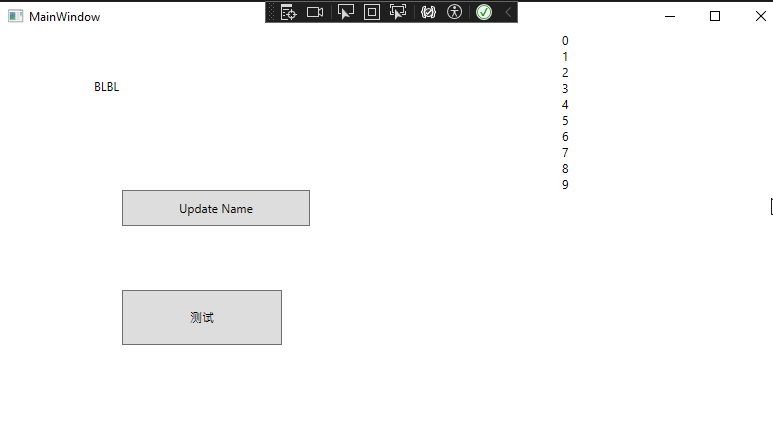
欢迎加群讨论技术,1群:677373950(满了,可以加,但通过不了),2群:656732739
 50010702506256
50010702506256
